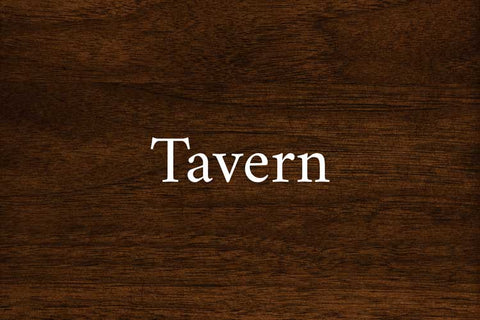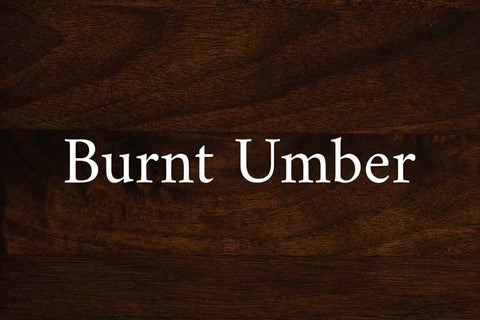Solid black walnut. Hardwood Furniture with a rich swirl of coffee and cream.
Your guide to solid black walnut furniture
The rich coffee cream swirl of the heartwood and sapwood in solid black walnut have an alluring elegance and beauty. Whether you are looking for an opulent single pedestal table, a showstopping conference table or a one of a kind rustic live edge trestle, black walnut is a natural choice. An American classic, it brings a natural sophistication and stunning beauty to every piece, while also being tough enough to be your family's every day dinner table.
Description of black walnut
Black walnut features a creamy white sapwood that contrasts against a rich light to dark chocolate brown heartwood. Like cherry, black walnut will develop a luxurious patina that grows even more radiant as it ages. Black walnut will sometimes feature darker streaks and can appear to have a very subtle grey, purple or reddish cast before the patina develops.
The grain of black walnut is typically straight with a medium texture and a moderate natural luster. Magnificent wavy and curly grain patterns can be found intermixed in the straight grain pattern from different natural characteristics of the black walnut tree. It is because of these natural characteristic that black walnut wood will feature a greater variety of figure* than other hardwood species.
The rich contrast of the sapwood and heartwood combined with black walnuts natural workability, dimensional stability, strength and shock resistance have kept black walnut in a class by itself through American history.
*In wood, figure refers to the appearance of wood, as seen on a longitudinal surface (side-grain): a "figured wood" is not plain. The figure of a particular piece of wood is, in part, due to its grain and, in part, due to the cut, or to innate properties of the wood. Figure (wood), Wikipedia
Rustic walnut
Rustic walnut is the same species of wood as walnut, so it will have the same grain, color and natural characteristics. That is why we only offer a walnut wood stain sample. So what makes rustic walnut different? Rustic walnut simply has a more natural look.The natural wood characteristics of walnut such as knots and pits are included in the finished product while still ensuring that these details do not compromise the structural integrity of the piece. These can include gum pockets, mineral, sapwood, heartwood and knots. These natural characteristics often make rustic walnut the perfect wood choice for a natural or rustic look. On most dining table tops and dining chair seats these detail will be filled with a black epoxy unless otherwise noted. This eliminates any pits and knots that could collect crumbs while offering a natural looking detail and smooth surface. They can be left open upon request.
For more information on rustic woods and additional photos of rustic wood furniture, see our cherry wood guide.
Black walnut grain






History of black walnut
Grown throughout the Eastern and Central United States, black walnut was once found in abundance in the rich deep soil of the eastern bottomland forest. It was once not uncommon to find 150’ tall trees with 6’ trunks.
Black walnut was exported to England from Virginia as early as 1610 by early colonists. Solid walnut was used for just about every furniture application imaginable. The early demand for black walnut peaked between 1830 and 1860 with the rise of Victorian, Empire and revival styles. By this time black walnut was already starting to become scarce due to over harvesting of mature trees.
No matter the scarcity of black walnut, it has always remained the preferred wood used for shotguns and rifles since no other wood has less jar or recoil. It is also light in proportion to its strength, does not warp, splinter or shrink and the smooth satiny surface makes it easy to handle and work with.
Walnut Stain Colors
 |
 |
 |
 |
 |
 |
 |
 |
Order Black Walnut Stain Samples
Janka Hardness Scale
The Janka Hardness Scale measures the relative hardness of a wood species. The higher the number, the harder the wood species. This test measures the force required to push a .444” steel ball halfway into the wood. The Janka hardness scale is one of the best measures of a wood species ability to naturally resist denting and wear. In addition, all of Home and Timber’s solid wood furniture is finished with a Catalyzed Varnish adding an additional layer of protection.
Janka Rating |
Wood Species |
| 660 | Douglas Fir |
| 860 | American Red Elm |
| 950 | American Cherry |
| 1010 | Black Walnut |
| 1360 | Quarter Sawn White Oak |
| 1450 | Sugar Maple |
| 1820 | Hickory |

Black walnut furniture examples










